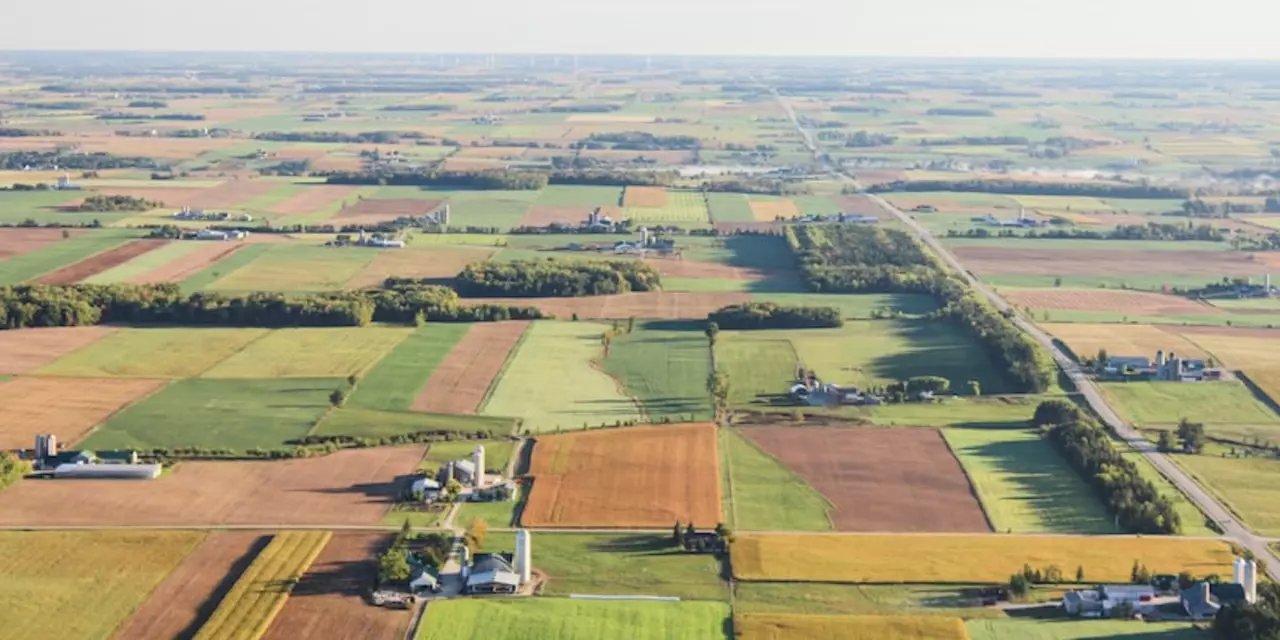Agriculture in India: What’s Happening Right Now?
India’s farms are buzzing with change. From low‑cost drones hovering over rice paddies to new credit schemes for smallholders, the sector is getting a makeover. If you grow food, sell it, or just care about where your meals come from, you’ll want to know the key moves shaping Indian agriculture today.
Tech transforming Indian farms
First up, technology. Smartphones are now in the hands of most village youths, and that means weather alerts, market prices, and pest‑identification apps are just a tap away. Farmers are using low‑cost soil‑testing kits to fine‑tune fertilizer use, which cuts costs and helps the environment. Drone services, once a luxury, are being hired by cooperatives to spray fields more evenly and spot problem spots early.
Another breakthrough is the rise of agri‑tech startups. Companies are offering precision‑irrigation platforms that link sensor data to water pumps, delivering just the right amount of water at the right time. The result? Higher yields and less waste. These tools are especially valuable in water‑stressed states like Gujarat and Tamil Nadu.
Policy & market trends you should watch
The government’s role can’t be ignored. Recent amendments to the Farm Bills aim to give farmers more freedom to sell directly to private buyers, bypassing some traditional middlemen. While the rollout is uneven, early adopters report better price realization for crops like soybean and cauliflower.
On the financing side, banks are rolling out specialized agri‑loans with lower interest rates and flexible repayment tied to harvest cycles. This helps smallholders invest in quality seeds and equipment without the fear of falling behind on payments.
Market demand is also shifting. Indian consumers are seeking organically grown fruits and vegetables, pushing farmers to adopt sustainable practices. Export opportunities for mangoes, basmati rice, and spices are expanding as global buyers look for traceable, pesticide‑free produce.
Climate concerns are high on the agenda too. Heat‑resilient crop varieties are being promoted in the hotter zones, while flood‑tolerant rice is seeing trials in the eastern states. Farmers who adopt these varieties can protect yields against extreme weather.
Finally, community initiatives matter. Farmer producer organisations (FPOs) are pooling resources to buy inputs in bulk, access better storage, and negotiate fairer prices. Joining an FPO can be a game‑changer for a small farmer stuck in isolation.
Whether you’re a seasoned farmer, a new entrant, or just curious about how India feeds itself, the landscape is full of practical tools and policies that can make a real difference. Keep an eye on tech pilots, policy updates, and market signals – they’ll dictate the next harvest’s success.
How is it like to live in an Indian rural village?
Living in an Indian rural village is an experience that is a mix of rich culture and tradition, but also one of poverty and struggle. In rural India, life is still based on the traditional caste system and is largely agricultural, as most inhabitants are farmers. Despite the lack of material goods, the villagers often experience strong community ties, with people helping each other in times of need. They are also deeply connected to their cultural heritage, which is observed in daily practices, religious ceremonies and festivals.
